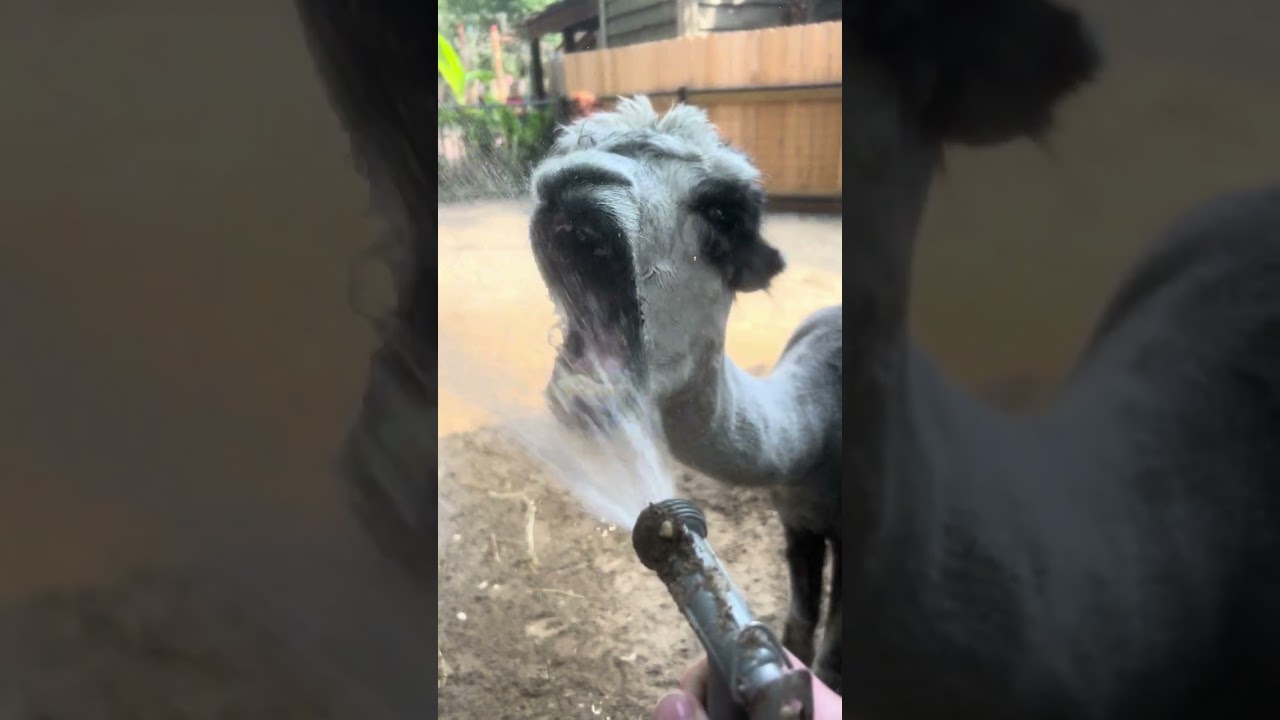– The specialized role of a Full-time hose holder for Rico the llama and its impact on animal welfare
– The science behind effective zoo habitat design and management for optimal animal health
– The importance of wildlife conservation efforts in supporting species like llamas in both zoos and natural habitats
– Strategies for engaging the public in the conservation of animals through educational programs
The position of a Full-time hose holder for Rico the llama presents an intriguing case study in the broader context of zoo management, animal welfare, and wildlife conservation. While seemingly narrow in scope, this role plays a pivotal part in ensuring the well-being and health of the animal in question, thereby contributing to the overarching goals of wildlife care and conservation.
Maintaining a species-appropriate environment is critical for the animals’ physical and psychological well-being in zoos and animal sanctuaries. For creatures like Rico the llama, this involves providing a habitat that mimics their natural surroundings and implementing daily routines that cater to their specific needs. The role of a full-time hose holder, tasked with facilitating Rico’s hydration and possibly play, exemplifies the lengths institutions go to maintain these environments. It underscores the importance of dedicated care and attention to detail in promoting animal health and welfare.
Effective zoo habitat design and management are grounded in understanding the natural behaviors and preferences of the animal species being catered to. For llamas, this means creating spaces for various activities, including grazing, social interaction, and ample movement. Moreover, providing mental stimulation and environmental enrichment is essential to prevent boredom and promote natural behaviors. A full-time hose holder for Rico could, beyond the obvious tasks, play a role in such enrichment activities, presenting novel stimuli and interaction opportunities.
Wildlife conservation is another critical element intertwined with caring for animals like Rico. While llamas are not currently listed as endangered, many species face habitat destruction, climate change, and human activity threats. Zoos and conservation programs work in tandem to safeguard these animals in captivity and the wild. The full-time hose holder, though focused on individual animal care, contributes to these broader efforts by ensuring the well-being of captive animals, thereby supporting the educational and conservation missions of zoological institutions.
Public engagement and education are vital in fostering a connection between visitors and the natural world and encouraging a deeper understanding of wildlife conservation issues. Through educational programs and firsthand experiences, zoos provide unique opportunities to learn about the needs and challenges of animals like Rico. The visibility of specialized care roles, such as that of the full-time hose holder, can highlight the extensive efforts to ensure animal welfare and inspire visitors to support conservation initiatives.
In conclusion, the role of a full-time hose holder for Rico, the llama, while specific and focused, reflects the broader aims and practices of zoo management, animal welfare, and wildlife conservation. Through dedicated care, effective habitat design, conservation efforts, and educational outreach, zoos play a pivotal role in preserving species and promoting a more informed and compassionate public. The attention to detail and commitment exemplified by such roles underscore the complex interplay of factors contributing to captive wildlife’s health and well-being, highlighting the importance of ongoing support for these essential endeavors.
*****
Source Description

